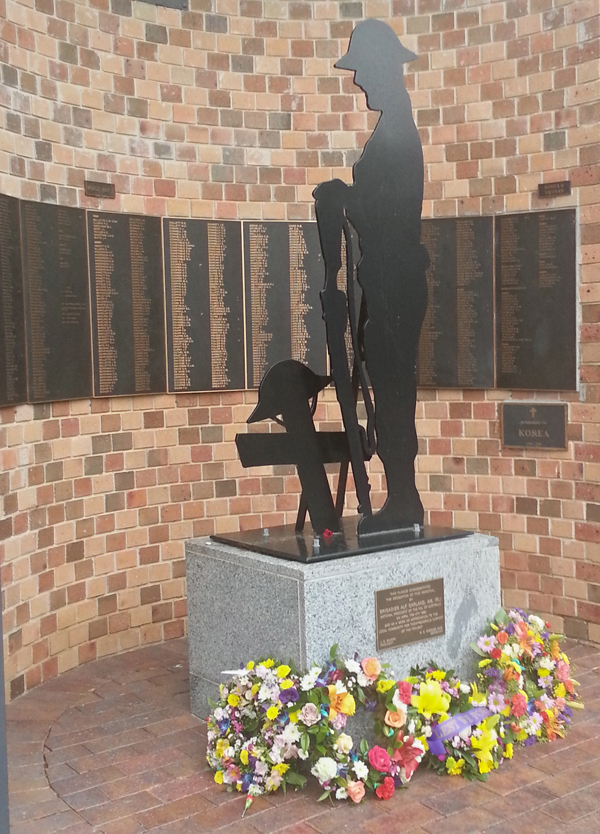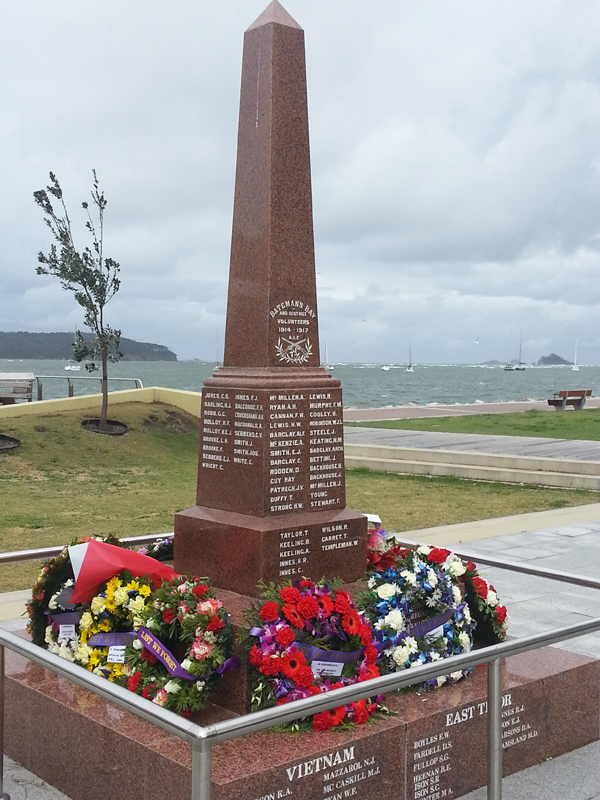After the guns went silent on Armistice Day, 11 November 1918, and after the men had trickled home to their towns and their suburbs, to their wives, girlfriends, children and parents, Australia set about building the memorials to the dead and lost.

As a nation we actually began sculpting our landscape in remembrance after the second Boer war in 1902. That’s when the words of Rudyard Kipling’s Recessional – “Lest We Forget” – penned, ironically, for Queen Victoria’s diamond jubilee, first popped up on stone structures in the bigger cities of this distant corner of the empire.
Then the First World War bequeathed too heavy a memorial burden – nearly 62,000 dead, 155,000 wounded – for the cities and the rural centres to manage alone. And so, from two-horse alpine towns and seaside villages to outback stops in the red centre and suburban shopping strips – the people rallied in the 20s and 30s to fund their monuments.
Committees were formed. Children entered walkathons, chooks and meat trays were raffled in pubs. Shilling by shilling they raised most of the money while governments footed the bill for the official shrines and memorials.
From childhood – thanks to the marble soldiers in country towns, the bronze plaques at our public swimming pools and drinking fountains, the honour boards in our schools, the obelisks at our local shops – we are imbued with remembrance. So much so, perhaps, that we are not always cognisant of its cultural and political potency.
Of all of these potent symbols Honour Rolls are the most common form of war memorial in Australia. They can be found in schools, community halls, memorial halls, shire offices and many other locations. In many communities, especially during World War I, they were often the first sort of memorial to be put up honouring those who had enlisted. Later, stars or crosses were placed beside names to indicate those who had been killed in action, died of wounds or died of other causes on active service. Sometimes abbreviations were added to indicate the award of a medal for bravery. Sometimes honour rolls named only those who had paid the supreme sacrifice.


Public and private schools throughout the country also erected honour rolls, each recording the names of past pupils who had enlisted. Smaller townships which did not put up an outside memorial after the war often placed an honour roll in a public building. The citizens of Nerrigundah placed their Honour Roll in the Nerrigundah Schoool Of Arts. It is now displayed in the foyer of the Bodalla Memorial Hall.

An honour roll could be an extremely elaborate affair, such as the large wooden structure such as the board below. It is in the hall of St John’s Anglican Church, Moruya.

While many of these are of a standard design, there are plenty which show a unique local style. These honour rolls are important for what they tell us about that community’s or organisation’s response to war.



The most devastating effect of war was on the families of those who died. Where this is most evident is in the thousands of church memorial plaques erected by parents to the memory of their sons and daughters. Some of these are in an individual design selected by the family but so great was the death rate that commercial firms began manufacturing suitable plaques to order.

In what is now the Uniting Church, Page Street, Moruya (one of Moruya’s original granite churches), a plaque was erected to the memory of two of the sons of the Bishop family. Both young men were killed in France in 1916. The plaque was of a standard type produced during the war, with blank sections for the family to provide name, unit, date of death and any small message or comment. Of the Bishop boys, there is a simple inscription – Their name liveth For Evermore.

These honour rolls, plaques, and special memorials throughout Australia remind us of the significance which Australians attached to their war effort, and especially to the memory of those individuals with whom they shared that service.

Leave a Reply